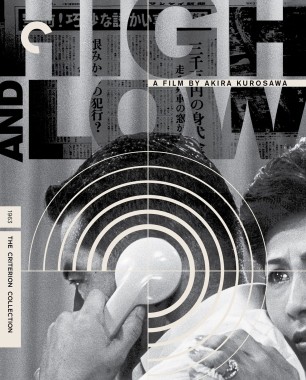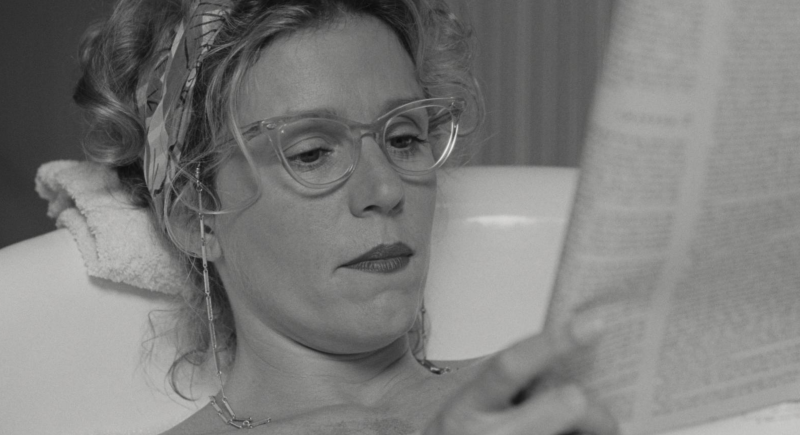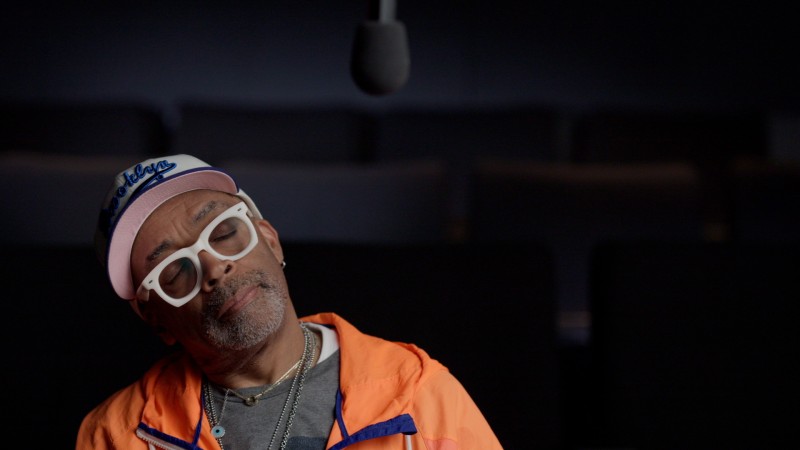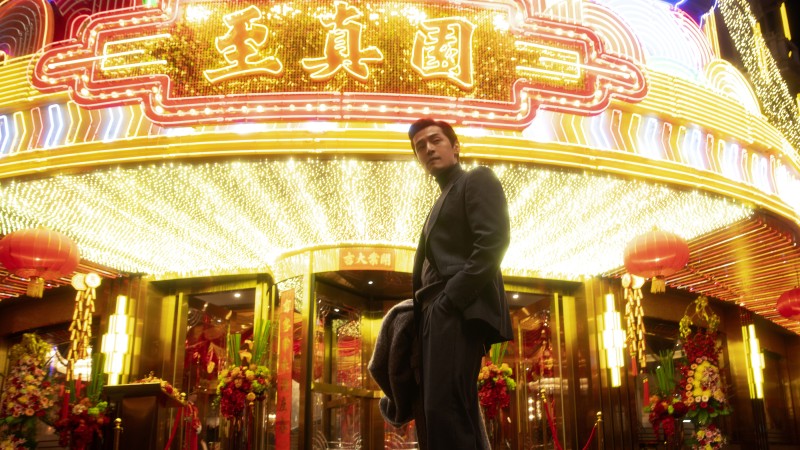Without Motive: The Last Scene in High and Low

Japanese filmmaker Takashi Miike has directed more than a hundred features, and almost three decades into his career he’s showing no signs of slowing down. Throughout his ferocious, often controversial body of work, he has contorted disparate genres into extreme portraits of violence and chaos, and his latest film, First Love, extends that tradition: it’s a hyper-stylized yakuza noir set over the course of one night on the streets of Tokyo. During a recent visit to the Criterion offices, Miike talked with us about one of the filmmakers who first got him excited about cinema, Akira Kurosawa, whose work he discovered on television as a boy growing up in Osaka. In this article, edited together from our conversation, Miike explains why he feels a kinship with Kurosawa and how the master’s 1963 film High and Low slyly melds classic suspense with trenchant social commentary.
The memories I have connected with the time in my life when I saw High and Low are very important to me. What was special about seeing it for the first time was that there were some parallels between the filming locations and where I lived. I didn’t have much money and couldn’t afford the film school in Osaka, where I was born and raised, so I ended up moving to Yokohama, where there was a school I could afford. High and Low had been filmed years before I moved there, and the locations no longer existed, but it takes place in that city. So when we get to the point when we see where the criminal is living, I thought, that’s my town! Realizing that I’d ended up moving where all this took place was a very shocking moment for me.
I was three years old when the film was released in 1963. Japan had lost the war a couple decades earlier, Tokyo was still in ruins right before then, and the Korean War had also just started. People had to come back from less than zero, because the country had been destroyed by World War II. But it wasn’t too long before Japan enjoyed a sudden economic rise—partly due to U.S. policy but also because of the success of the film industry. Before this period, you wouldn’t have seen poverty or anything negative on screens; film and TV were very insular. But then there was a switch that flipped, and a decision was made to use entertainment as a vehicle to encourage and motivate Japanese people to work together. This had a role in pulling up the Japanese spirit, and during that time Japanese cinema reached a peak. Kurosawa’s role in all of that is absolutely undeniable. There isn’t a filmmaker from Japan who has not been influenced by his work.
At the start of High and Low, an executive named Kingo Gondo, played by Toshiro Mifune, is living high on the hog in a house on a hill. We learn that he started as an employee of a shoemaking company but that he’s very good at what he does, so they put him in charge of the factories. Eventually he realizes that if he can purchase a certain amount of stocks, he’ll become the majority shareholder for the company and then the owner and president. Gondo is in the middle of some shady dealings to get the stocks when he receives a call from a man saying that he’s taken his son and must pay 30 million yen ($300,000) to get him back. Gondo has the money but knows that if he ends up paying he’ll lose the chance to become the majority shareholder—it will be a big disaster, and everyone will know about his scheme to become the company owner.




